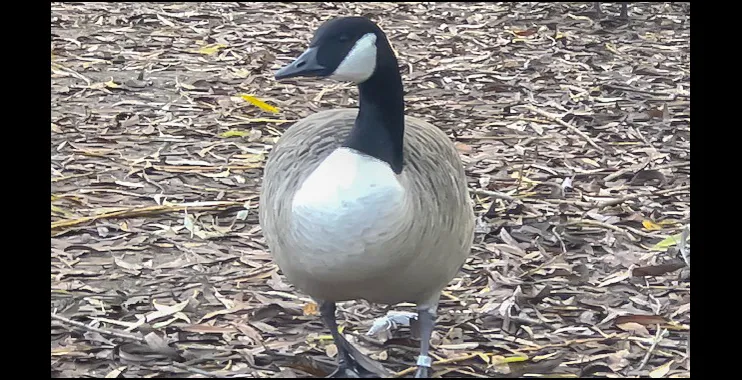Canada Geese Control

We understand that wildlife management and the control of any species can be a sensitive issue and we work closely with our clients to ensure complete discretion whilst carrying out any work.
Not native to this country Canada geese, introduced in the 17th century as an ornamental attraction for stately homes and gardens. At first, these birds were restricted to certain areas but have since spread to other habitats through natural migration and expansion of numbers, disused pits and man-made lakes have made great habitats for the birds where they have bred very successfully.
In 1970 the numbers were relatively low being around 19,000, but today there are well over 60,000 birds and increasing, this is why controlling Canada’s is allowed. Canada Geese are protected by Section 1 (1) of the wildlife and Countryside Act 1981. This act makes it an offence for a person to intentionally kill, injure, or take any wild bird, destroy or damage nests or eggs.
However, Canada Geese have been placed on the general license and they can be legally and humanely shot by a legally authorised firearms holder for control and management of Canada geese.
Female Canada’s will return to their native site to breed year after year, even if the previous year has proven unsuccessful. Breeding starts from 2 to 3 years of age, a clutch of eggs will usually contain 3-11 eggs in April – incubation is by the female and lasts approximately 30 days.
Hatched young are flightless for ten weeks, and the adults protect them. The adults moult around the end of June when they are unable to fly for 3 – 4 weeks, during this time they will feed by the water or walk for their food.
Unlike their North American relatives, they do not migrate from mainland Britain only moving short distances between breeding and wintering sites.
Geese will typically remain close to the site where they hatched when they mature, and they will wait several years before a suitable breeding site becomes available, although this is not always the case and some will remain faithful to their home area for life.
Canada Geese have inefficient digestive systems, and because plant nutrient level is low Canada’s will consume large quantities of vegetation, droppings can be produced once every six minutes, these droppings contain bacteria that may be harmful if ingested and grass areas become destroyed in short periods. Droppings passed in water raise toxic algae and produce low oxygen levels which adversely affect certain fish and amphibians as well as other wildlife which inhabit the location.
Canada Geese can cause extensive damage to grassland areas, parks and open areas which become damaged in a relatively short time. Bank erosion, as well as the loss to amenity areas such as golf courses, fishing venues, parklands and playing fields, can all suffer the effects of resident Canada Geese. A large flock of Canada Geese defecating every few minutes can deposit a lot of excreta leaving a venue unpleasantly soiled and causing a severe risk to health.
Low mortality rates and high reproductive rates and the fact that Canada Geese have few natural predators in Britain, (most recorded mortality are due to man’s activities) gives the Canada Geese the scope to increase in the absence of controlled and effective management measures.
